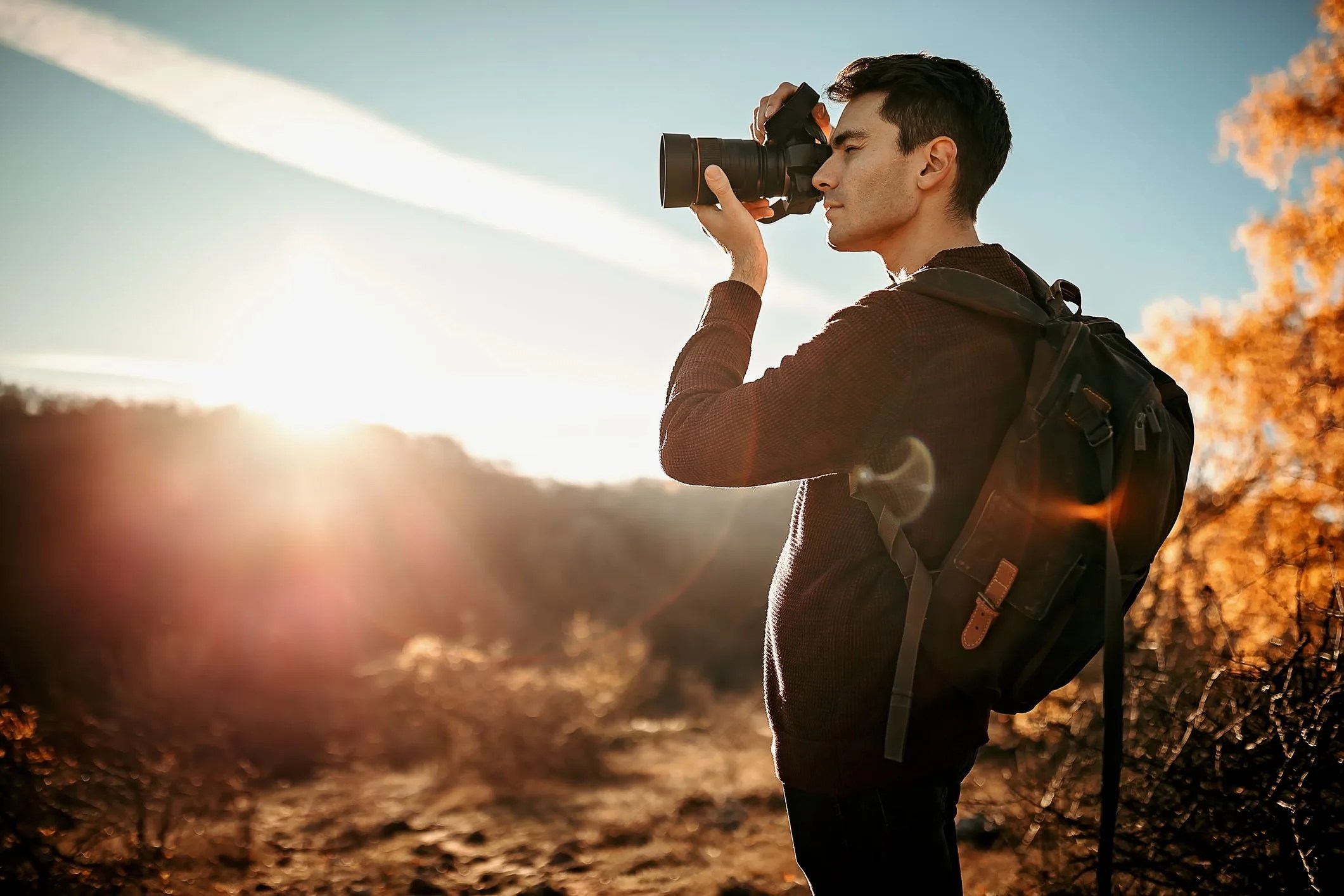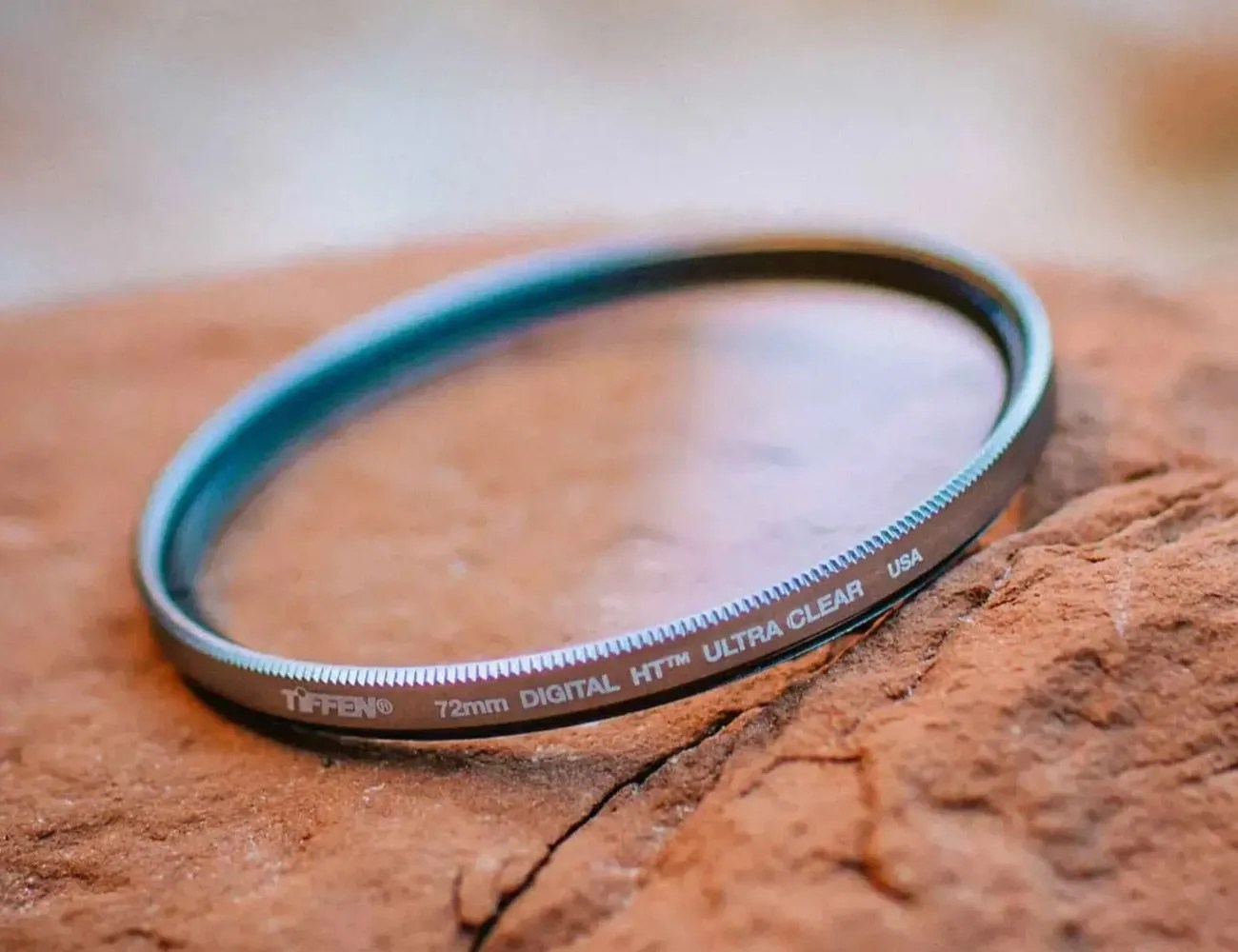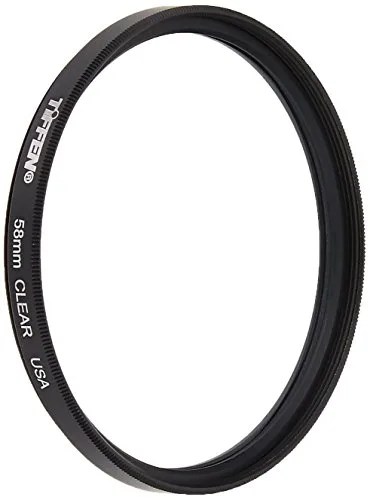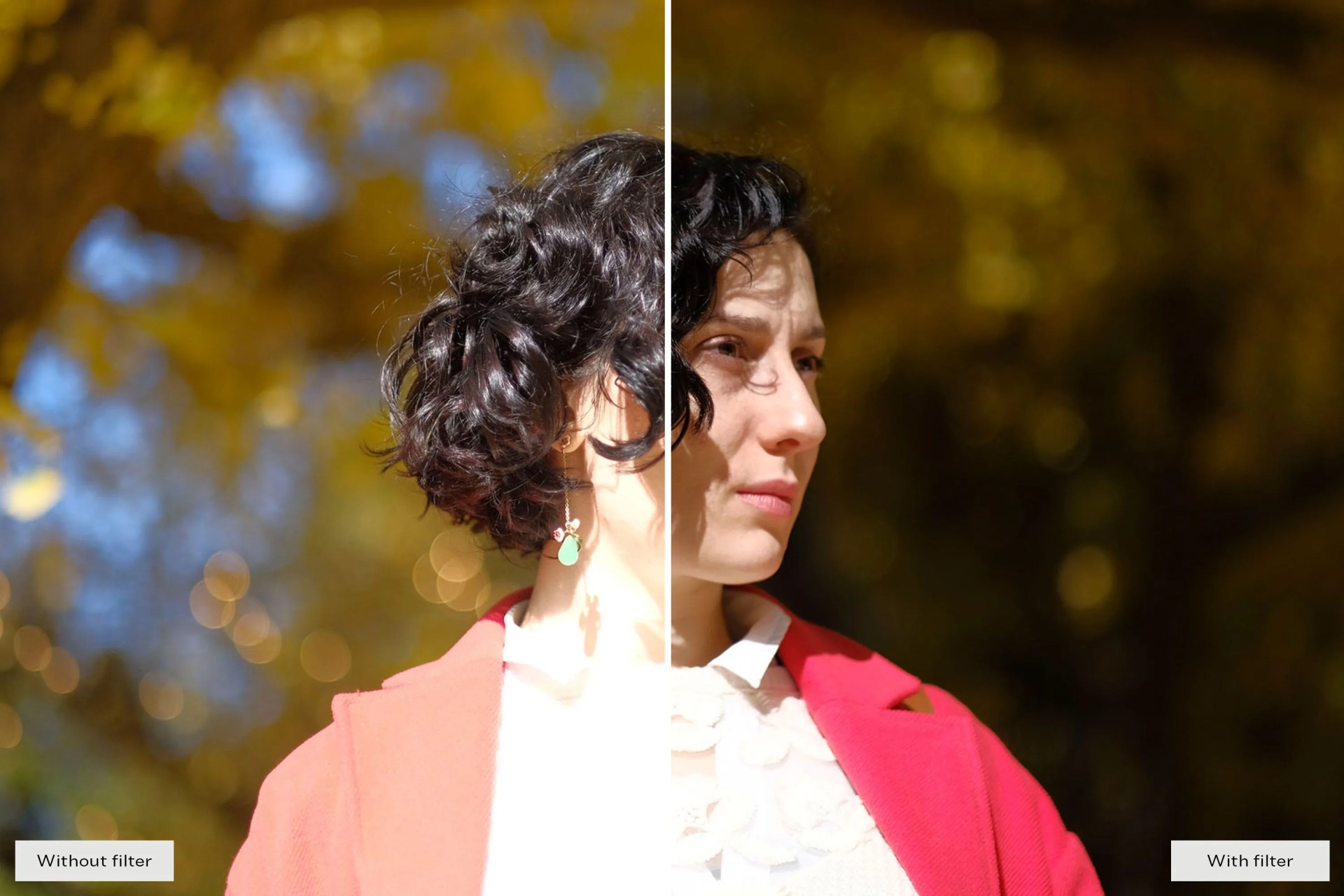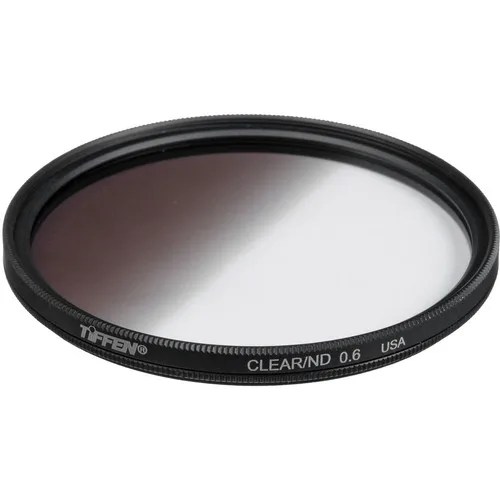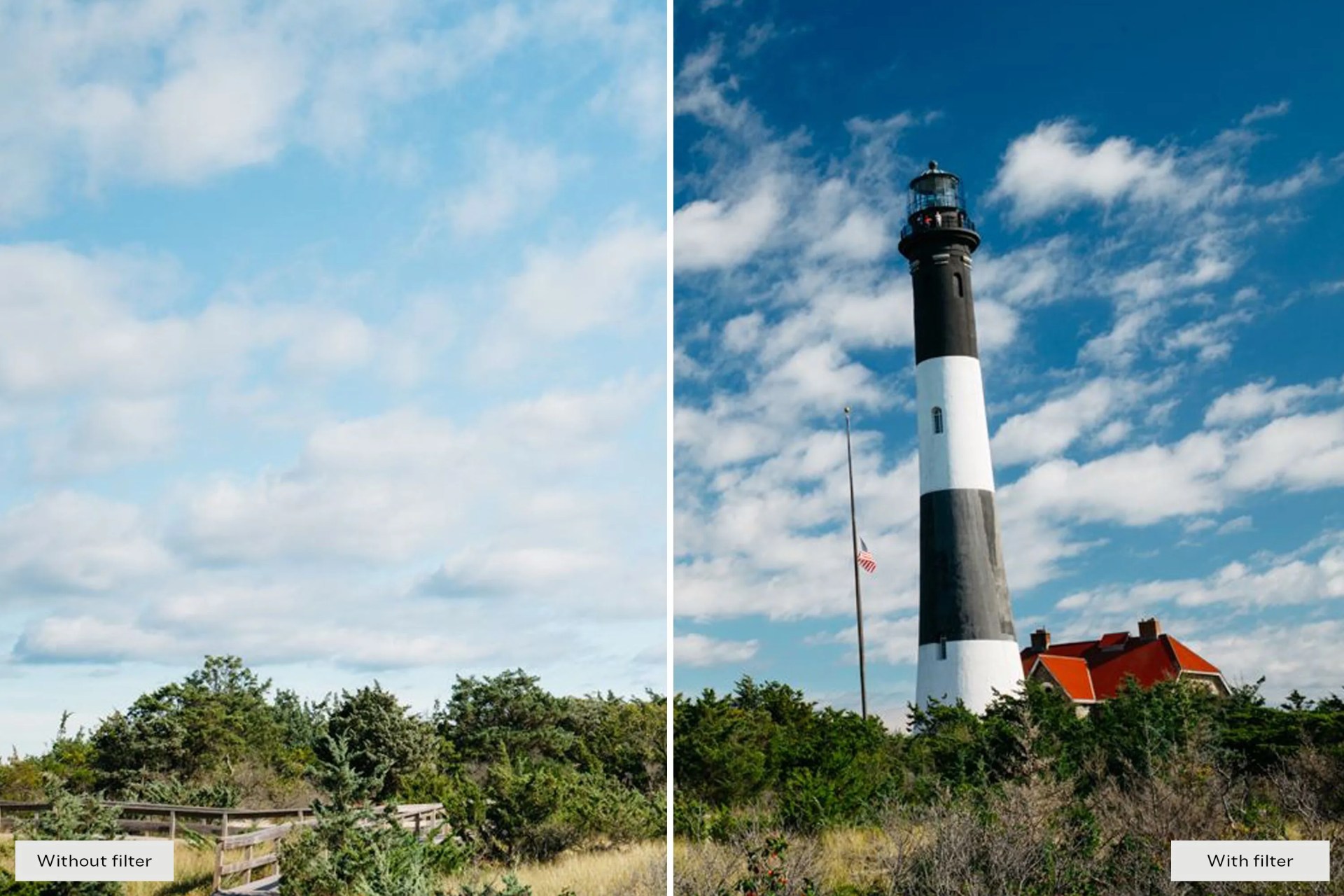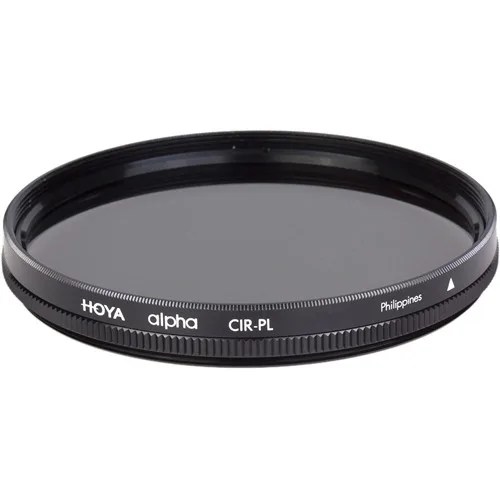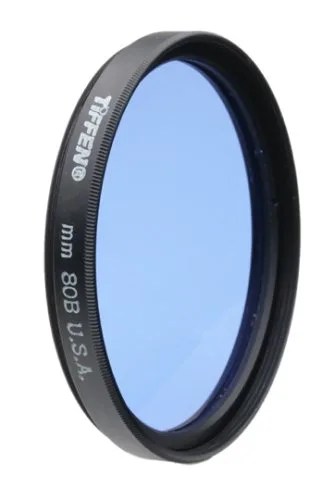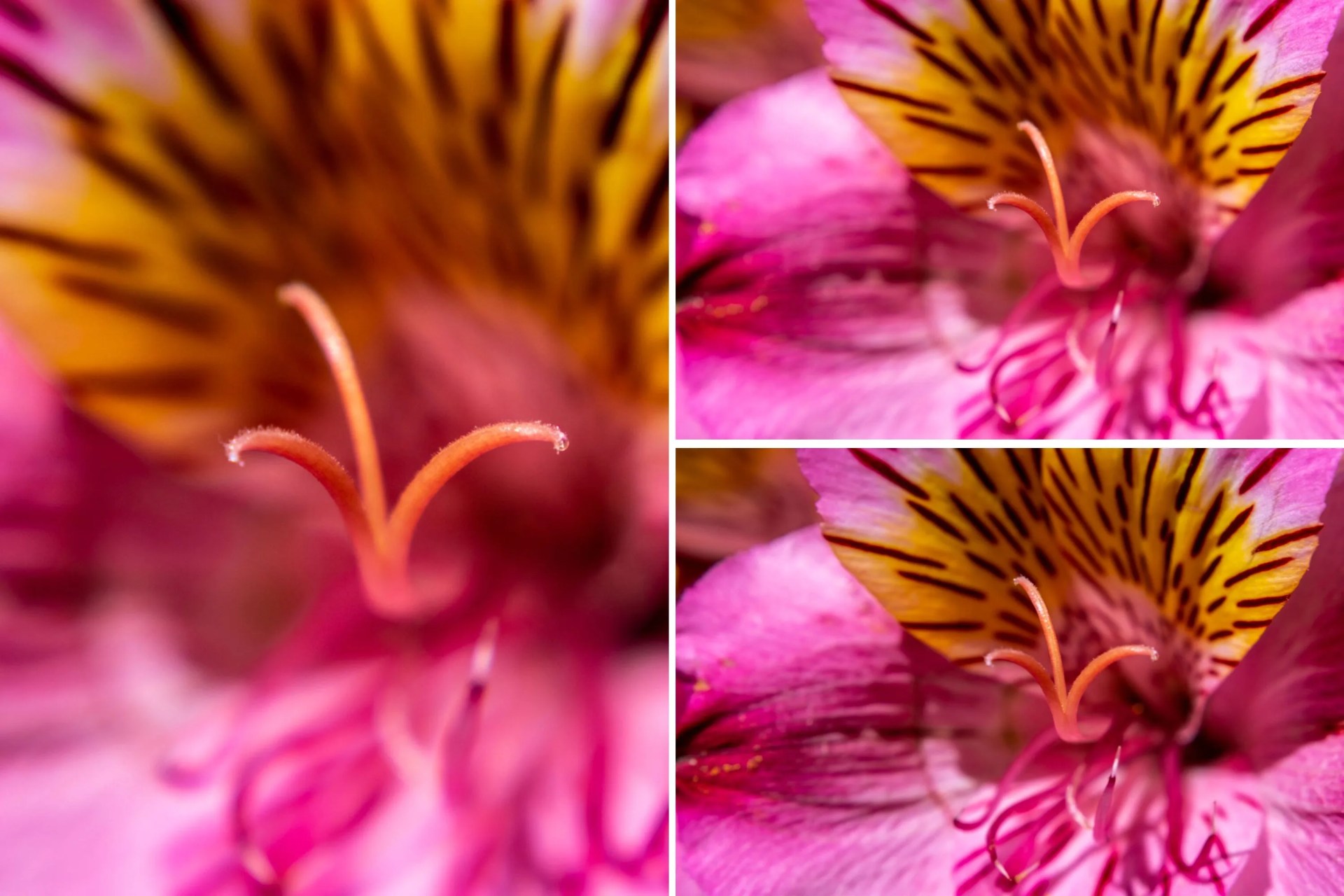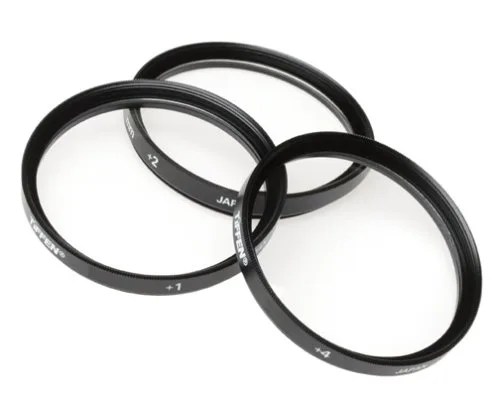A camera lens filter is pretty much what you’d expect: it’s a physical piece of glass that attaches to your camera’s lens, filters the light before it reaches the sensor and, typically, has an effect on the final image. (Some lens filters just add protection.) They’re relatively affordable camera accessories that can have a really big impact on your final shots.
There are quite a few types of camera lens filters, each of which alters the final image in different ways. There are camera lens filters that protect against glare, enhance or reduce contrast, change the color — usually to make your photos look warmer or cooler — or even add special effects (such as light flares, infrared, multivision, etc).
Products in the Guide
-
Tiffen 58CLR Clear Filter (for 58mm)
Clear Lens Filter
Read more -
Hoya Pro ND 500 (for 62mm)
ND Lens Filter
Read more -
Tiffen Graduated 0.6 ND Filter (for 77mm)
Graduated ND Lens Filter
Read more -
Hoya Circular Polarizer Filter (for 62mm)
Polarizing Lens Filter
Read more -
Tiffen 80B Color Filter (for 72mm)
Color Lens Filter
Read more -
Tiffen Close-Up Lens Set (for 49mm)
Close-Up Lens Filter
Read more
How to know if a lens filter will fit your camera?
Before buying a lens filter, you need to make sure that it’ll fit your camera’s lens — and to do this, you need to know its lens diameter, which is the distance across the front of the lens. (Note: This is very different than its focal length.)
The good news is that pretty much all lens manufacturers (Nikon, Canon, Sony, Sigma, etc) have the same sizing standards when it comes to lens diameter. So once you figure out the diameter of the lens, it’s pretty straightforward to buy a lens filter that will fit it. The catch is that the diameter of the lens isn’t always as well marked as its focal length.
You can usually find the diameter of the lens by rotating on its side and looking for the diameter symbol which is a slashed circle: Ø. This symbol is then followed by the diameter’s length measured in millimeters: Ø43 (43mm), Ø49 (49mm), Ø52 (52mm), Ø58 (58mm), Ø62 (62mm), Ø68 (68mm), Ø72 (72mm), and Ø77 (77mm).
